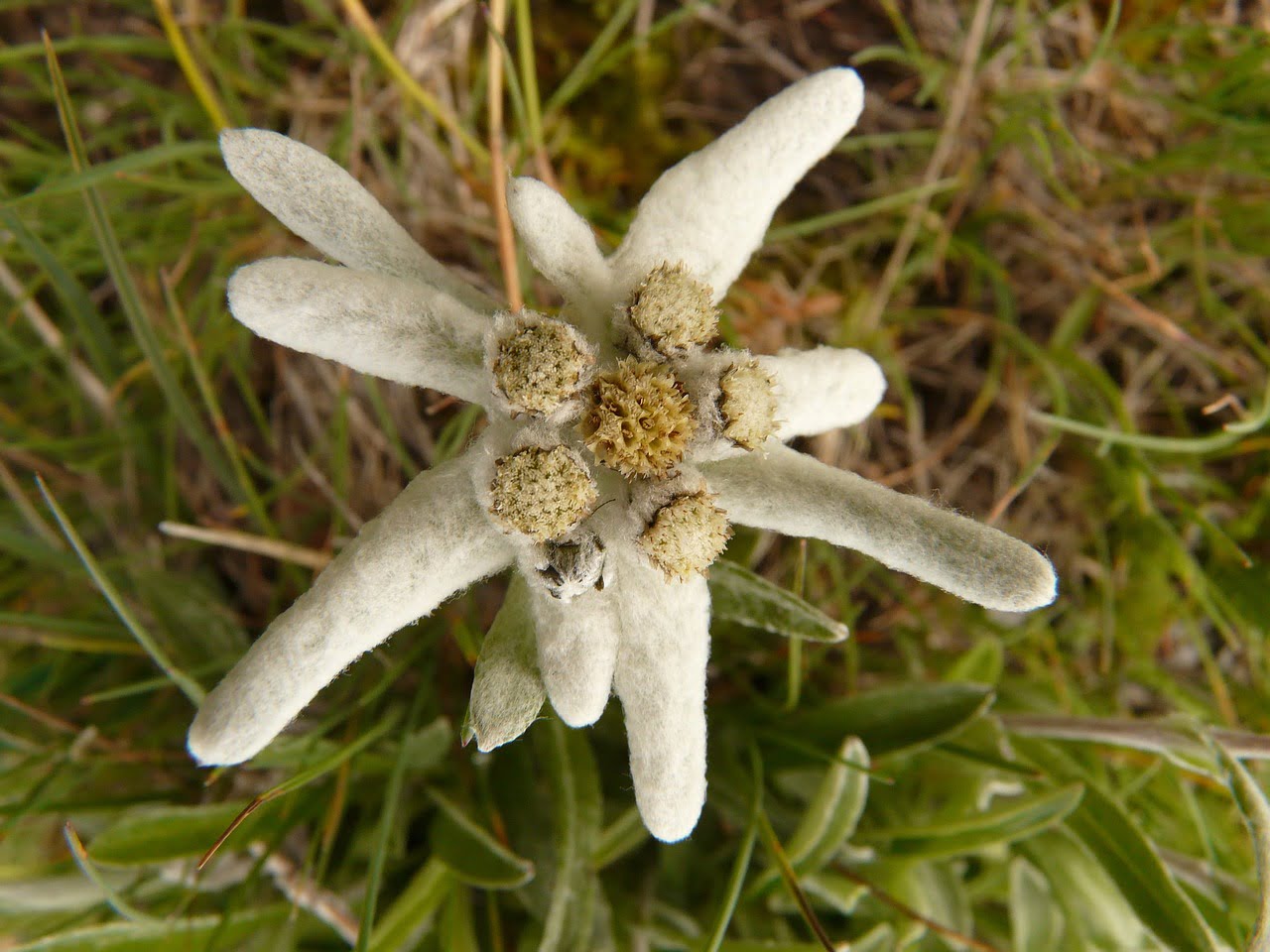
Edelweiss and Planting: A Blooming Connection
In the world of flora, few flowers command as much fascination as the Edelweiss. This hardy alpine perennial, with its star-shaped, woolly white petals, has captivated botanists, adventurers, and poets for centuries. But beyond its visual appeal, the Edelweiss holds ecological importance, especially when it comes to planting and conservation efforts. In this article, we will explore the intriguing world of Edelweiss and its relationship with planting, shedding light on its significance, growth, and how you can contribute to preserving this exquisite flower.
Table of Contents
- Introduction
- The Enigmatic Edelweiss
- A Brief Introduction
- Symbolism and History
- The Art of Planting Edelweiss
- Choosing the Right Location
- Soil Requirements
- Sowing Seeds vs. Transplanting
- Caring for Edelweiss
- Edelweiss and Conservation
- Endangered Beauty
- Conservation Efforts
- Edelweiss in Folklore and Culture
- Romantic Associations
- Literary and Musical Influence
- Benefits of Growing Edelweiss
- Aesthetic Appeal
- Medicinal Properties
- Edelweiss in the Garden
- Companions for Edelweiss
- Edelweiss Varieties
- Challenges in Edelweiss Cultivation
- Climate Sensitivity
- Pest and Disease Management
- Conclusion
- FAQs
- How do I propagate Edelweiss?
- Is Edelweiss suitable for all climates?
- Can Edelweiss be grown in pots?
- What is the best time to plant Edelweiss?
- Are there any special care requirements for Edelweiss?
Introduction
The Edelweiss, scientifically known as Leontopodium nivale, is a small yet majestic flower found predominantly in the Alpine regions of Europe. Its name, derived from German, means “noble white,” which aptly describes its appearance. Often associated with rugged mountain landscapes, this resilient flower has also become a symbol of purity, courage, and the untouched beauty of the high mountains.
The Enigmatic Edelweiss
A Brief Introduction
The Edelweiss is not your average garden flower. Its unique appearance, characterized by white, woolly bracts arranged in a star-shaped cluster, sets it apart. This rarity has made it a sought-after treasure for botanists and collectors.
Symbolism and History
Throughout history, the Edelweiss has held symbolic significance. It has been seen as a symbol of courage and love, often associated with daring mountaineers who braved treacherous terrains to pluck these elusive blooms for their beloved. Its legendary status has been immortalized in folklore, literature, and even music.
The Art of Planting Edelweiss
To bring the allure of Edelweiss to your garden, it’s essential to understand the art of planting and caring for these delicate yet hardy flowers.
Choosing the Right Location
Edelweiss thrives in regions with abundant sunlight and well-drained, rocky soil. Select a location that mimics its native alpine habitat, with excellent drainage and good exposure to sunlight.
Soil Requirements
The Edelweiss prefers soil with a slightly acidic to neutral pH. Amend your soil with organic matter to improve fertility and drainage.
Sowing Seeds vs. Transplanting
You can grow Edelweiss from seeds or transplant established plants. Both methods have their merits, but starting from seeds allows you to witness the full journey of this remarkable flower.
Caring for Edelweiss
Edelweiss may appear delicate, but it’s a hardy plant once established. Regular watering, especially during dry spells, and minimal fertilization will keep it healthy.
Edelweiss and Conservation
Endangered Beauty
While the Edelweiss is celebrated for its beauty, it is also an endangered species in some regions due to overharvesting. Conservation efforts are crucial to ensure its survival.
Conservation Efforts
Numerous organizations and initiatives are dedicated to preserving the Edelweiss and its native habitat. Supporting these efforts can make a significant impact on its survival.
Edelweiss in Folklore and Culture
Romantic Associations
Edelweiss has long been a symbol of love and dedication. In many cultures, presenting someone with an Edelweiss flower is a gesture of profound affection.
Literary and Musical Influence
The Edelweiss has left an indelible mark on literature and music. Perhaps most famously, it was featured in the beloved song “Edelweiss” from “The Sound of Music.”
Benefits of Growing Edelweiss
Aesthetic Appeal
The primary reason people cultivate Edelweiss is its captivating beauty. Its starry white blossoms create a breathtaking spectacle in any garden.
Medicinal Properties
Beyond its aesthetic allure, the Edelweiss has been used in traditional medicine for its potential healing properties.
Edelweiss in the Garden
Companions for Edelweiss
Pairing Edelweiss with other alpine plants can create a visually stunning garden that evokes the charm of the mountains.
Edelweiss Varieties
There are several Edelweiss varieties, each with its unique characteristics and growth requirements. Choose the one that best suits your garden.
Challenges in Edelweiss Cultivation
Climate Sensitivity
Edelweiss is sensitive to extreme temperatures. Understanding your local climate is essential to its successful cultivation.
Pest and Disease Management
Like all plants, Edelweiss can fall prey to pests and diseases. Regular monitoring and prompt action are crucial to protect your precious blooms.
Conclusion
In conclusion, Edelweiss is more than just a beautiful flower; it’s a symbol of resilience, love, and nature’s wonders. By planting and caring for Edelweiss, you not only bring a touch of alpine magic to your garden but also contribute to the conservation of this extraordinary species.
FAQs
- How do I propagate Edelweiss?
- Edelweiss can be propagated from seeds or by transplanting established plants. Starting from seeds is a rewarding way to witness its growth from the beginning.
- Is Edelweiss suitable for all climates?
- Edelweiss thrives in regions with abundant sunlight and well-drained soil. It’s essential to replicate its native alpine habitat for successful cultivation.
- Can Edelweiss be grown in pots?
- While it’s possible to grow Edelweiss in containers, it requires careful attention to soil quality and drainage. Ensure the pot mimics its natural habitat.
- What is the best time to plant Edelweiss?
- Spring or early summer is the ideal time to plant Edelweiss. This allows it to establish itself before harsh weather sets in.
- Are there any special care requirements for Edelweiss?
- Edelweiss requires minimal fertilization and regular watering during dry spells. Ensure good drainage to prevent root rot.